: A Comprehensive Guide
Sewing has been a fundamental skill for centuries and even to this day, it remains a valuable skill that every individual should learn. It not only allows us to create wonderfully unique and personalized items but also helps in mending and repairing our clothes. However, to master the art of sewing, one needs to have the right tools. The array of tools available for sewing can be overwhelming, making it challenging to know which ones to invest in. In this article, we will dive into the different types of sewing tools and their functions to help you build the perfect sewing kit.
1. Measuring Tools
The key to a successful sewing project is precise measurements. Therefore, having the right measuring tools in your sewing kit is essential. A measuring tape, usually 60 inches long, is the most common tool used for both body measurements and fabric measurements. A ruler or a square L-shaped ruler is another useful tool for accurate measurements, especially when working with patterns or creating straight lines.
2. Cutting Tools
When it comes to cutting fabric, there are several tools you can use, but the most common ones are scissors and rotary cutters. Fabric scissors are a must-have in every sewing kit as they are designed to cut through fabric without fraying the edges. Rotary cutters are excellent for cutting through multiple layers of fabric, making them perfect for quilting or garment making.
3. Sewing Machine
A sewing machine is the most crucial tool for anyone learning to sew. It can help save a significant amount of time and effort compared to hand sewing. Depending on the type of sewing projects you plan on doing, you can choose from different types of sewing machines, such as mechanical, computerized, or serger sewing machines.
4. Hand Sewing Needles
Despite having a sewing machine, hand sewing needles are still essential to every sewing kit. They come in various sizes and shapes to suit different stitching needs. For example, a small, sharp needle with a fine point is perfect for delicate fabrics, while a thicker needle with a blunt point is better for heavy fabrics.
5. Sewing Pins
Pins are essential for holding fabrics in place while sewing. They come in various sizes and materials, including glass, plastic, and stainless steel. Glass-head pins are the most popular as they are heat resistant and hence, perfect for ironing over without damaging the fabric. Extra-fine pins are ideal for delicate fabrics, while long pins with a wider head are better for bulkier fabrics.
6. Seam Ripper
A seam ripper is every sewist’s favorite tool. It is used to remove stitches or seams when a mistake is made. It has a sharp hook on one end to catch the thread for easy removal and a sharp blade on the other end to cut through stitches.
7. Fabric Marking Tools
When it comes to sewing, transferring pattern markings onto the fabric is crucial for accuracy. There are various fabric marking tools such as chalk pencils, fabric markers, and disappearing ink pens which are easily removable and don’t leave permanent marks on the fabric.
8. Iron and Ironing Board
An iron and an ironing board may not seem like sewing tools, but they play a crucial role in creating professional-looking finished products. Ironing your fabric before sewing helps to eliminate wrinkles and creases, making it easier to achieve precise seam allowances and stitching.
9. Seam Gauge
A seam gauge is a small ruler with a slider that can lock onto a specific measurement. It is used to measure seam allowances, hemlines, and button placement accurately.
10. Sewing Box or Organizer
To keep your sewing tools tidy and organized, invest in a sewing box or organizer. It will help you keep track of what tools you have, making it easier to find what you need when working on a project. You can find a variety of sewing box designs, from classic wooden ones to modern plastic organizers with multiple compartments.
Conclusion
Sewing can be a relaxing and fun activity, and having the right tools is crucial for a successful sewing project. With this comprehensive guide on the different types of sewing tools, you can now create a well-stocked sewing kit and start sewing your own unique creations. Happy sewing!
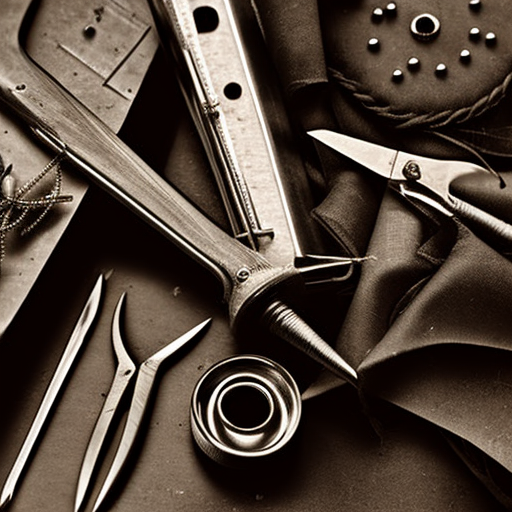
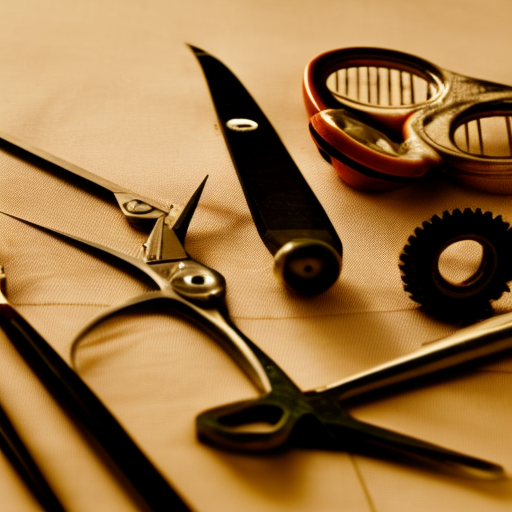
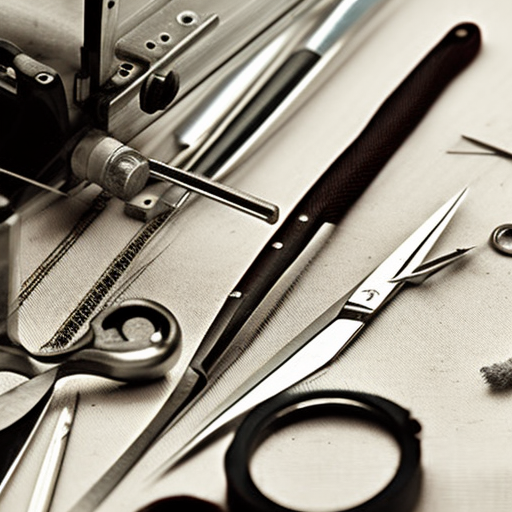
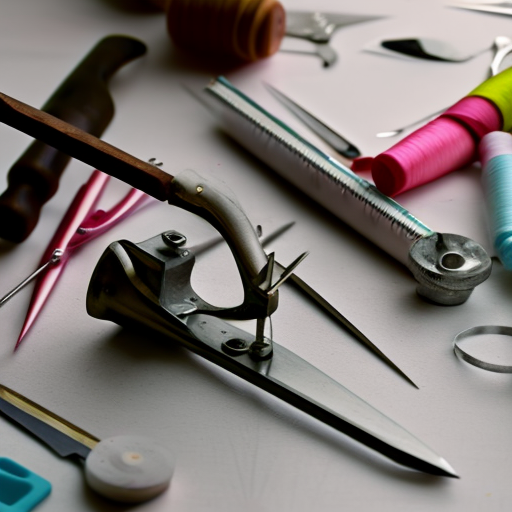
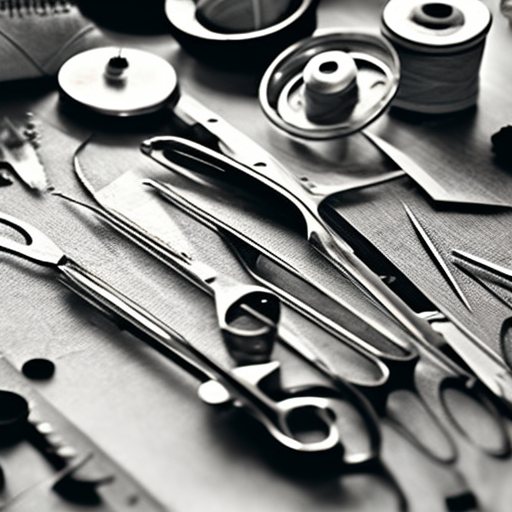
Great Article!
Alex M: Very Informative
Nice information!
This is an incredibly helpful article that outlines the different types of tools and supplies needed for sewing. It’s a great resource for anyone looking to pick up this skill or take their crafting to the next level!
Super helpful!
This is an excellent resource for anyone wanting to gain knowledge on the fundamentals of sewing! It’s incredibly informative with its descriptions accompanying the different types of tools and supplies. It provides someone with the confidence to start off and excel in this rewarding craft!